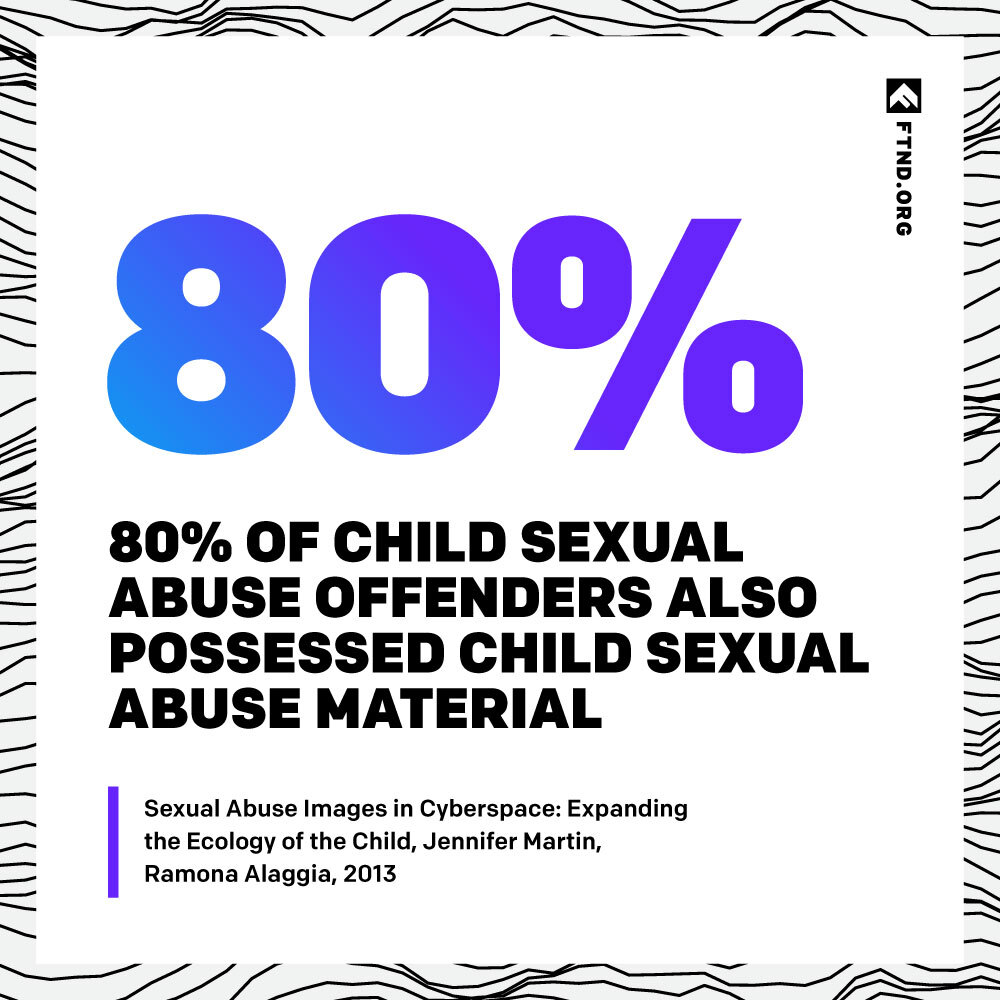Over 2.5 million, and rising.
That’s the current but ever-growing number of reported COVID-19 cases in the U.S. at the time if this article. Because of COVID-19’s massive scope and infection capabilities, just about everyone has been significantly affected by the global pandemic in some way.
For some people, COVID-19 has forced schooling to move out of classrooms and into student’s own bedrooms through any number of online video communication technologies. For others, the virus has led to lost jobs and monetary difficulties. Some people are now unable to see friends and family members, while others are unable to meet with counselors or doctors.
We could go on, but you get the point: many people have been negatively impacted by COVID-19.
However, there’s a difference between being affected by something and having your life radically endangered by that same thing. And, no, we’re not just talking about getting the virus—we’re talking about human trafficking.
Let us explain.
COVID-19 has further endangered victims of human trafficking
Media attention is centered almost entirely on what kinds of populations are most vulnerable to getting the virus. Now, that’s extremely important information, but it doesn’t provide the whole story when it comes to who’s being affected by the global pandemic.
One of the world’s most vulnerable populations right now is victims of human trafficking. According to the United Nations Office on Drugs and Crime (UNODC), lockdowns, travel restrictions, resource cutbacks and other measures to curb the spread of the new coronavirus are putting victims of human trafficking at risk of further exploitation, while organized crime networks could further profit from the pandemic.
UNODC executive director Ghada Fathi Waly says that these mechanisms of safety for the rest of us actually lead “…human trafficking victims [to] have even less chance of escape and finding help.”
Some countries have shut down their borders, leaving victims unable to return home. Other victims find themselves in danger of further abuse or neglect by their captors due to a reduction in legal and government support and protection.
A recent article, posted by tech and data-driven anti-trafficking nonprofit Polaris, agreed with the UNODC’s sentiments: COVID-19 has put human trafficking victims at risk in ways they have never seen before.
Among such risks is “an incredibly disturbing trend toward landlords pressuring cash-strapped renters to trade sexual services in return for not being made homeless.” (And just in case we’re not clear here, pressuring another into sexual favors by way of coercion is human trafficking).
Moreover, the most prolific buyers are still buying sex regardless of the health threat they may be posing to themselves and others. Some of these buyers have pointed to lower demand from other buyers as an opportunity to negotiate lower prices. This lower demand raises concerns that people in trafficking situations may face added pressure from their traffickers to engage in riskier in-person sexual activity in order to shore up lower amounts of business.
And, get this: adults aren’t the only ones affected by the pandemic in this capacity.
COVID-19 has led to increased vulnerability for children worldwide
School closures have not only blocked education access, but have also shut down what serves as a vital source of shelter and food for millions of children.
According to a United Nations report, this means that an estimated 370 million students worldwide are missing out on what is often their only reliable source of nutrition, school meals.
It is for reasons like these that the UNODC’s partners have reported that more and more children are being forced onto the streets to search for food and money, thus increasing their chances of being exploited.
Prior to the conception of the global pandemic, up to 66 million children were already living in “a precarious socioeconomic situation,” disclosed Mama Fatima Singhateh, a UN independent human rights expert. Now, Ms. Singhateh fears that new forms of exploitation and abuse in tandem with the reported increases in violence against children will only serve to create an even more “devastating“ impact.
COVID-19 has led children to face to new forms of abuse
In particular, Ms. Singhateh points to travel restrictions as the predominant reason for the new “delivery” or “drive-thru” services that have become popular among predators due to COVID-19.
Yes, you heard us right. In a similar manner to how you would order a Chipotle burrito delivery, one can order a child online to be dropped off at their house for their abuse and exploitation.
Disturbing, right?
Even worse, it doesn’t stop there. Ms. Singhateh also says that, “Producing and accessing child sexual abuse material and live-stream child sexual abuse online has now become an easy alternative to groom and lure children into sexual activities and to trade images in online communities.”
Such production increases and access capability improvements could just be the reason for why there has been a spike in the number of people trying to access illegal websites featuring child porn.
Why this matters
When trafficking and porn are compared, people frequently assume that the two issues are miles apart. However, that couldn’t be further from the truth. In fact, the two are often one and the same in more cases than many believe.
Polaris says that “trafficking victims are now being forced to participate in remote, web-based sexual activity or pornography and that the marketplace for those activities has grown.”
In other words, this means that a person on a webcam or in a pornographic video is as likely to be a trafficking victim as a person selling sex in any other environment.
The global health crisis of COVID-19 has met the global crisis of human trafficking, with devastating results.
Click here to learn more about how the porn industry and human trafficking are connected.

Your Support Matters Now More Than Ever
Most kids today are exposed to porn by the age of 12. By the time they’re teenagers, 75% of boys and 70% of girls have already viewed itRobb, M.B., & Mann, S. (2023). Teens and pornography. San Francisco, CA: Common Sense.Copy —often before they’ve had a single healthy conversation about it.
Even more concerning: over half of boys and nearly 40% of girls believe porn is a realistic depiction of sexMartellozzo, E., Monaghan, A., Adler, J. R., Davidson, J., Leyva, R., & Horvath, M. A. H. (2016). “I wasn’t sure it was normal to watch it”: A quantitative and qualitative examination of the impact of online pornography on the values, attitudes, beliefs and behaviours of children and young people. Middlesex University, NSPCC, & Office of the Children’s Commissioner.Copy . And among teens who have seen porn, more than 79% of teens use it to learn how to have sexRobb, M.B., & Mann, S. (2023). Teens and pornography. San Francisco, CA: Common Sense.Copy . That means millions of young people are getting sex ed from violent, degrading content, which becomes their baseline understanding of intimacy. Out of the most popular porn, 33%-88% of videos contain physical aggression and nonconsensual violence-related themesFritz, N., Malic, V., Paul, B., & Zhou, Y. (2020). A descriptive analysis of the types, targets, and relative frequency of aggression in mainstream pornography. Archives of Sexual Behavior, 49(8), 3041-3053. doi:10.1007/s10508-020-01773-0Copy Bridges et al., 2010, “Aggression and Sexual Behavior in Best-Selling Pornography Videos: A Content Analysis,” Violence Against Women.Copy .
From increasing rates of loneliness, depression, and self-doubt, to distorted views of sex, reduced relationship satisfaction, and riskier sexual behavior among teens, porn is impacting individuals, relationships, and society worldwideFight the New Drug. (2024, May). Get the Facts (Series of web articles). Fight the New Drug.Copy .
This is why Fight the New Drug exists—but we can’t do it without you.
Your donation directly fuels the creation of new educational resources, including our awareness-raising videos, podcasts, research-driven articles, engaging school presentations, and digital tools that reach youth where they are: online and in school. It equips individuals, parents, educators, and youth with trustworthy resources to start the conversation.
Will you join us? We’re grateful for whatever you can give—but a recurring donation makes the biggest difference. Every dollar directly supports our vital work, and every individual we reach decreases sexual exploitation. Let’s fight for real love:




